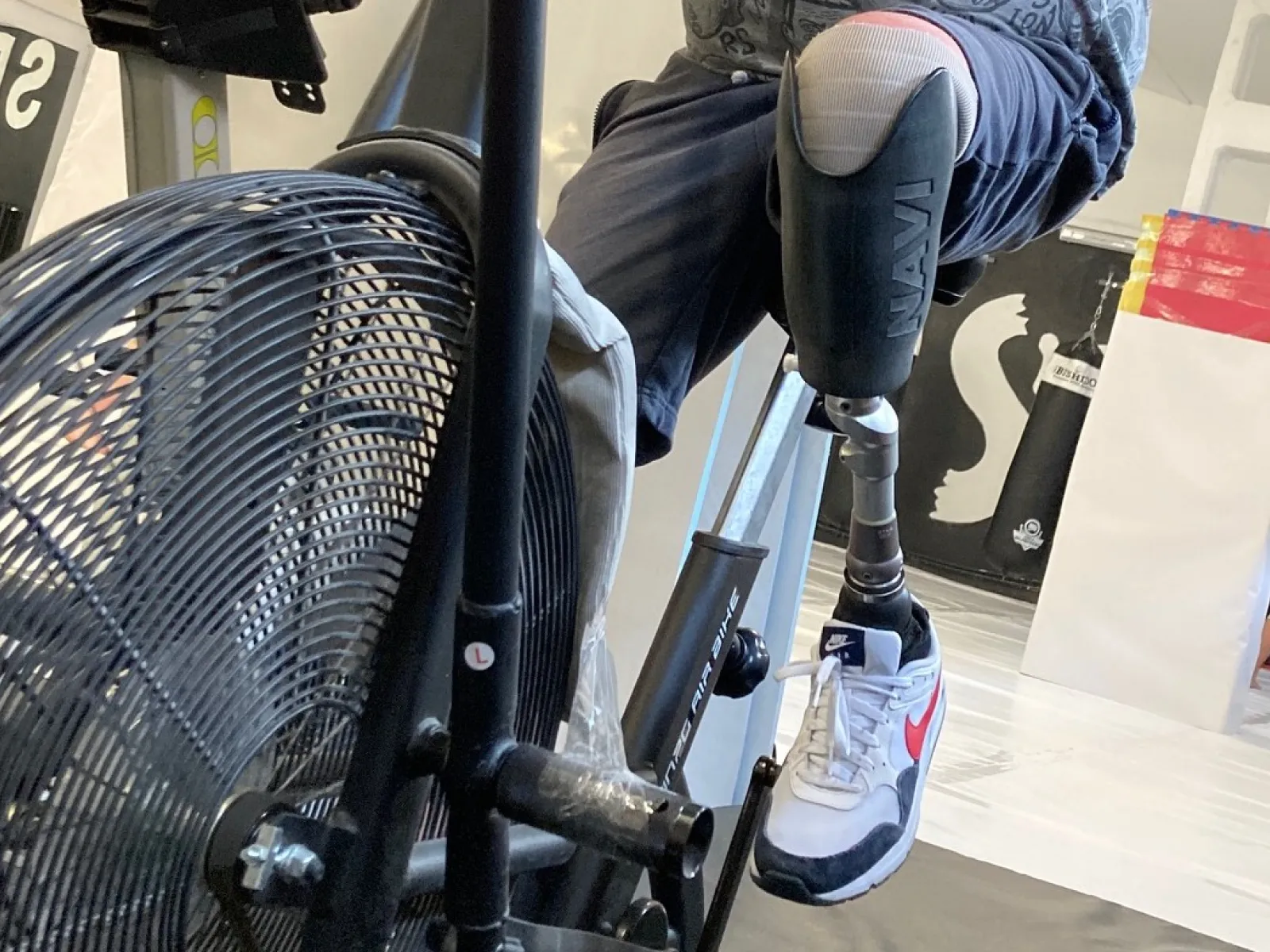Modern 3D printing technology offers many advantages for various applications. One of the industries that have gained the most is the medical sector.
Thanks to its unique possibilities, more and more patients can enjoy a better life, gaining access to personalized prostheses. In addition, 3D printing is also used in medical practices, including surgery, where 3D-printed, detailed models support surgeons in their work.
In this article, you will learn about the most popular applications of 3D printing in the medical industry, as well as find out what technology makes it possible.
The most popular application of 3D printing in medicine
The number of 3D printing technology applications in the medical sector is growing yearly. However, today, we can list a few solutions in which 3D printing is the most popular production method.
First of all, the production of personalized prostheses and orthoses must be mentioned. Thanks to the 3D printing technology, they are fully adapted to the needs of individual patients, ensuring their comfort of use on a daily basis.
Another case of 3D printing in the medical industry is dentistry. This technology enables the production of implants ideally suited to individual clients. 3D printing in the dental industry will develop dynamically in the coming years, translating into lower specialized services costs.
3D printing technology in medicine
3D printing offers new opportunities for the medical sector thanks to the use of technologically advanced HP Multi Jet Fusion (MJF) printers.
They are characterized by high production quality, efficiency, and excellent surface quality. In addition, they guarantee the outstanding durability of the products. The parts produced in this technology must guarantee safety when in contact with the skin.
Below, we list some of the most common uses of 3D printing technology and the benefits they offer customers.
What are the most significant benefits for companies and clients in the medical sector?
Modern 3D printing technologies such as MJF have revolutionized the production of prostheses and medical accessories thanks to several key features.
- Designing geometrically complex parts.
3D printing enables the production of highly complex designs while maintaining all the details. What distinguishes 3D printing from other production methods is the ability to implement geometrically complex designs in one part. Additionally, the 3D printing technology enables the implementation of organic shapes and openwork structures.
- Possibility to produce single pieces or small series.
In the case of the medical industry, most designs are personalized, which of course, means that there is no point in producing them in large quantities. 3D printing enables the rapid production of single pieces, which is impossible with other production techniques.
In practice, this means that for medical companies specializing in the implementation of personalized projects, 3D printing is the only profitable and effective solution.
- Relatively low cost of production.
3D printing technology has opened up new possibilities for producing single, complex projects. Implementation is fast and financially attractive. With the growing popularity of 3D printing, we can expect increasingly competitive manufacturing prices in this technology.
Cubic Inch projects for medical companies
Our team has experience in providing 3D printing services for the medical industry. For example, we had a chance to cooperate with the Proteo company, for which we produced lower-limb prosthetic sockets.
The Multi Jet Fusion technology enables the perfect adjustment of the prosthesis to the patient while maintaining the aesthetic design. The critical element in creating such dentures is the execution of the prosthetic socket, which is based on the previously made 3D scan of the stump.
Thanks to 3D printing technology, prostheses’ designs can be fully personalized, and implementation usually takes only 3 to 5 working days.
Prostheses for sports purposes
Often, the prostheses we manufacture must meet the requirements of physically active people, where strength and flexibility play a crucial role. The material used for the production of prostheses meets these criteria. Therefore, the users of prostheses co-created by our company can successfully realize themselves by participating in various types of physical activities.
For some sports, getting the proper flexibility is a big challenge. It can be achieved by placing special inserts in the funnels. They are produced by specialized companies, and their production uses a more flexible TPU material.
Other use cases in medicine
Another example of a project for the medical industry was the implementation of templates used by surgeons during surgery.
Special software enables the creation of preoperative models based on MRI data. This allows doctors to plan the steps involved in assembling broken bones in detail and thus reduce the risk of errors during surgery.
Summary
3D printing technology is the best and often the only method of implementing specialized projects in the medical sector.
The range of possibilities in this technology is expanding every year, enabling faster medical industry development. Currently, the most popular applications of 3D printing are the production of personalized dentures, creating implants in dentistry, and printing models used both for educational purposes and in the operating room.
Our team has experience in working with companies in the medical industry. If you need more information on the possible applications of 3D printing in the medical sector or are looking for a specific project – contact us!

